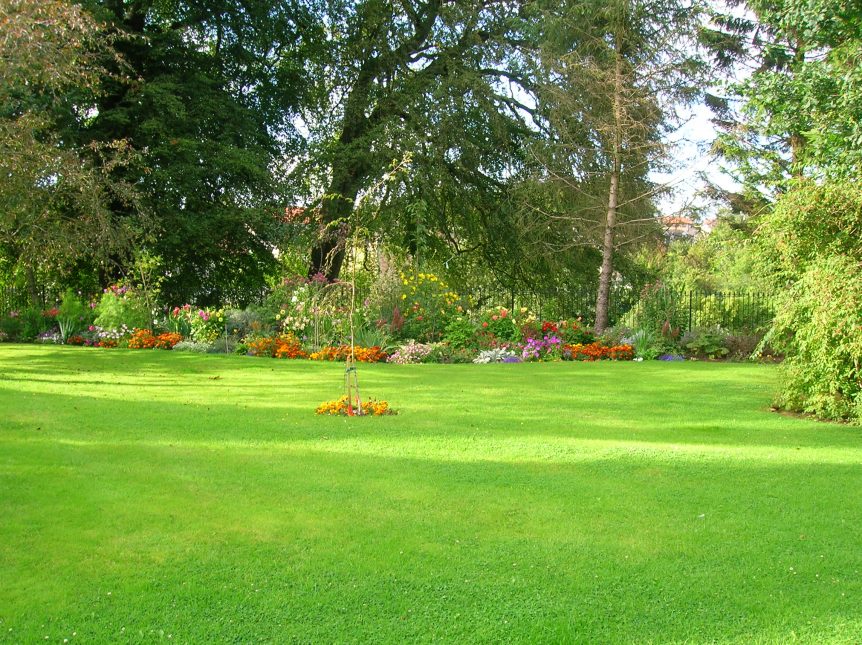Investing in your lawn is a high-returns deal for you and your family. A well taken care of the lawn is not only aesthetically rewarding, which also offers a drastic upgrade to the quantity of the environment you live in. A well taken care of lawn serves as a great recreational space for you and your loved ones.
However, most people tend to overestimate the effort that it requires to get it to that stage. A healthy, green and beautiful lawn is less about the amount of effort you put in. It is more about when and how you do it. Here are a couple of things you should work on in order to get the efficient and effective lawn that you have always wanted.
Water Your Lawn Well But Not Often
When you water your lawns lightly, you are not allowing the deeper roots to get enough water. This promotes shallower and weaker roots to prevail. These shallow roots fail to deliver nutrients and water to deeper layers of the soil and hamper growth.
On average water should go to a depth of 100-150 mm. Once you have estimated your particular requirements based on your soil-type, set up sprinklers and link them to timers.
Considering early mornings are the best time to water your lawns with the evaporation levels are low and water pressure high, the lawn has the entire day to soak in the moisture. Night-time watering causes the lawn to become more susceptible to diseases.
Take Out the Weeds
Identify the type of weeds you are dealing with. Decide on the most effective product to best deal with them. The wrong choice could do more harm than good. Generally, a healthy lawn is the best defense against weeds germinating. This is since it doesn’t allow them enough space or sunlight to grow.
The recommendation is to carry out the procedure in early spring or summer before they have had enough time to grow deep roots.
Dethatch the Soil
Thatch is an intermediate layer of mostly dead turf-grass tissue. This is between the above ground shoot-layer and the underground root system. It initially contributes to the health of the plant, once it grows thicker than ½ to3/4 inches. There on it is harmful to the plant’s growth, as it doesn’t allow enough excess of nutrients to the lower layers.
Dethatching is then carried out to mechanically remove it from the soil. This is either done through core aeration or by using a rake, depending on the severity.
Focus on Adequate Aeration
Aeration basically involves plucking the soil. This is using a gas-powered aerator to allow for the air to come in greater contact with soil. This allows for fertilizers and water to penetrate to deeper layers of soil. It gives the roots extra space to expand and strengthen.
Mow Your Grass Appropriately
You should not mow more than 1/3 of the height of the grass at a time. The grass clippings are quick to decompose. We do not want to end up adding nitrogen to the soil. This will lead to a thicker thatch layer. It will depreciate the health of the lawn. Over-cutting shocks the roots and exposes the stems, leading to them burning under the sunlight.
Don’t be afraid to call a professional company to help with any of these needs.

